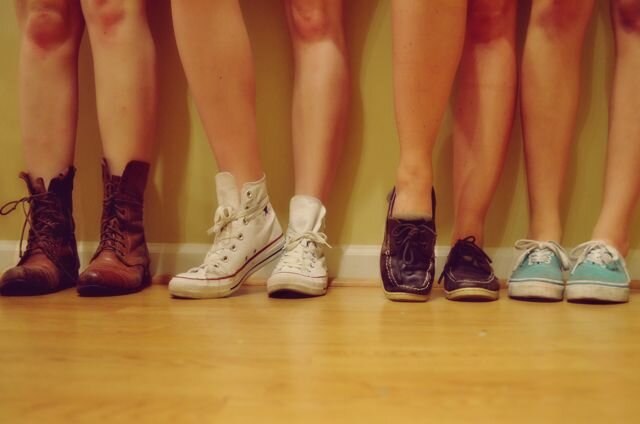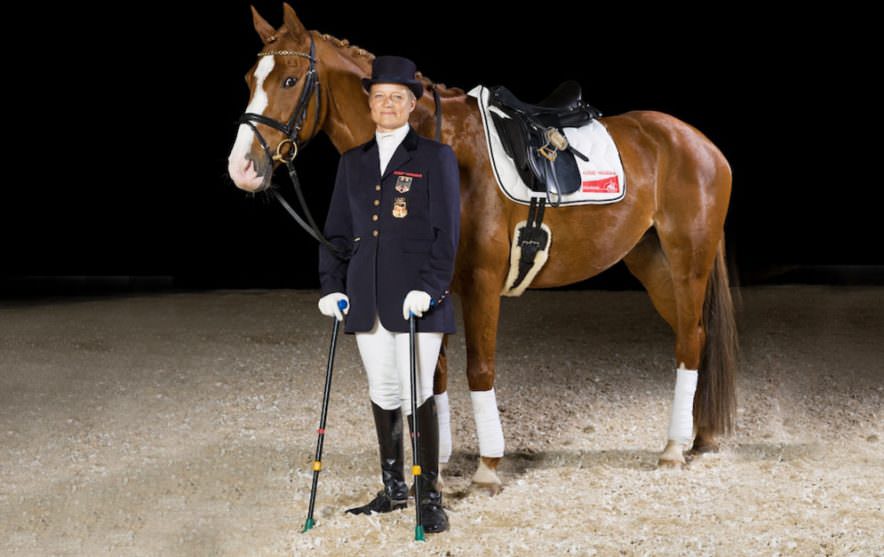

They were housed separately, in dormitory-like barracks, where they had a greater chance of staying healthy and better access to food, and where counselors (young men and women who had been teachers and youth workers) created a disciplined environment despite the surrounding horrors.


Keeping these adolescents alive, keeping them whole in body, mind, and spirit, became the priority. The Jews deported to Theresienstadt from countries all over Europe were aware of the fate that awaited them, and they decided that it was the young people who had the best chance to survive. In The Girls of Room 28, ten of these children-mothers and grandmothers today in their seventies-tell us how they did it. Only a few hundred of them survived the war. From 1942 to 1944, twelve thousand children passed through the Theresienstadt internment camp, near Prague, on their way to Auschwitz.


 0 kommentar(er)
0 kommentar(er)
